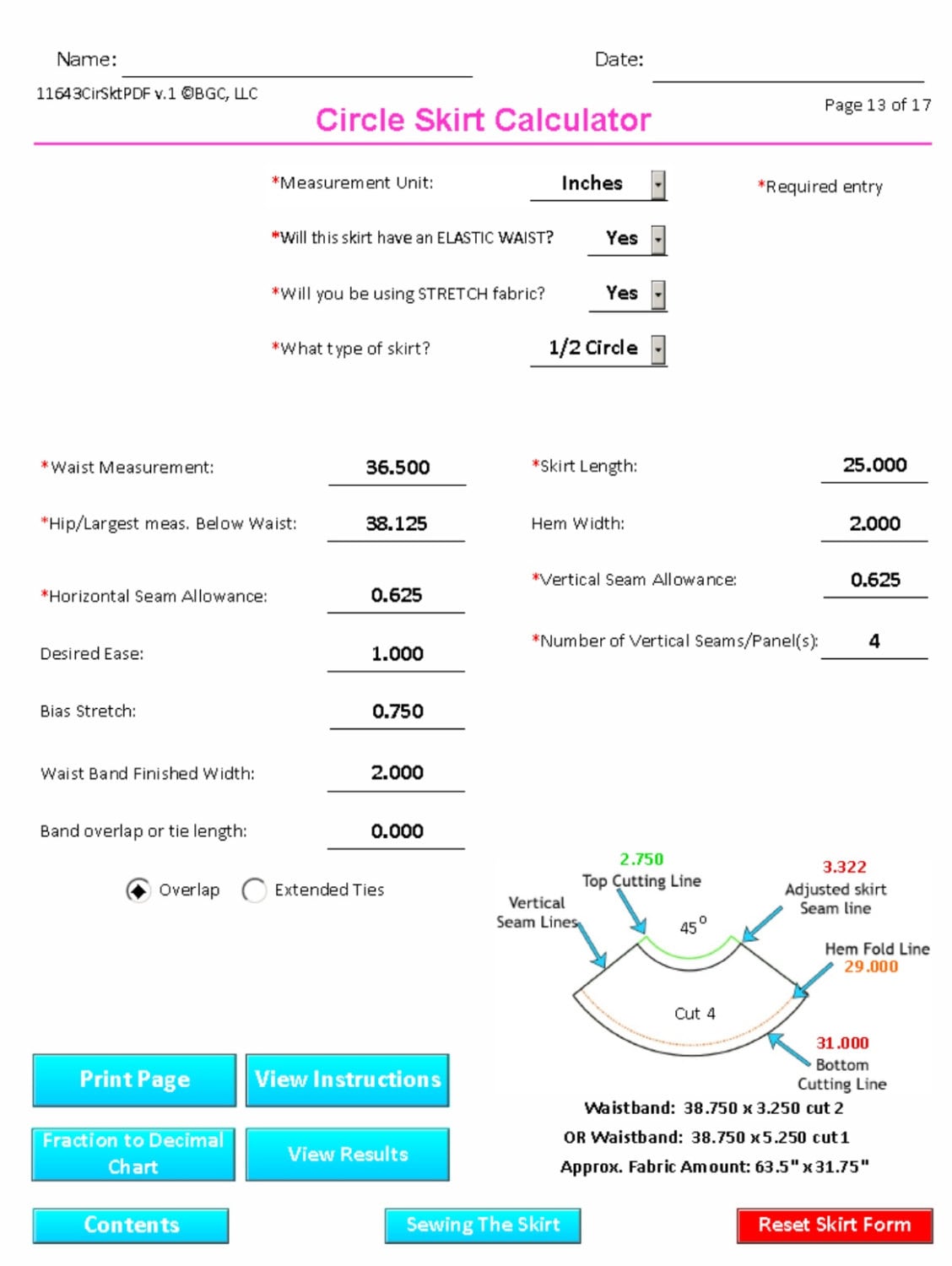A post for all who use rotary cutters....I love using rotary cutters to cut ALL fabric, including fashion sewing patterns not just shapes.
Years and years and years ago (I'm not really that old, but it just seems like that's how long ago it was), when I was in middle school we were taught to use scissors to cut out patterns in sewing class. When I used scissors for cutting patterns, I found that I would lift the fabric too much and that would cause the pieces to be slightly different from one another. I would pin the patterns and fabric and I would do the same thing - lift the fabric to pin it! It was frustrating enough that I would dread it and not sew, but because I love to make stuff I kept at it and eventually found the rotary cutter
and pattern weights. So this solved my problem of lifting the fabric - all was well...time passes, things are good.
 |
The cutting corner is to the left and
everything gets moved as needed. |
So then I ran into another problem. Due to space limitations my cutting table (which is half a ping pong table) is against a wall so I can't get to every side. Honestly, I usually keep a corner clear for cutting and the other part is covered with fabric or somthing else. Therefore, depending on where I need to cut, it is difficult to cut with my right hand and moving the fabric and pattern could be disastrous. I struggled on, almost contorting my body across my cutting table, again, could be disastrous. Even when using small templates or rulers that I would just hold in place, it would be difficult to make a good even pressured cut all the way around using only my right hand.
Now we have the spinning/rotating/turntable cutting mats. Which are great but, they seem to be best for shapes
and they cost more than I want to spend. I also feel like I wouldn't get that much use out of them because the shapes I usually cut are larger than the mats and I would have to move the mat around to get it out of the way, a lot.
 |
| Imagine one in each hand. |
I now use two rotary cutters, a right handed and a left handed one to complete my cutting.
So if you're like me and you have multiples of (everything!) cutting tools, you probably have a couple of rotary cutters
(I don't know how they keep
showing up). Take a look at them, one of them probably can be configured for a lefty. This means that the blade can be placed on the
right side of the handle. Maybe a little confusing when you first hear/read it, but what I mean is while you are holding the cutter in your LEFT hand as if to cut, you will be able to see to whole circle of the blade. It's easy to do...just like changing the blade, unscrew the knob, put the blade on the right side and re-attach the screw on the other side. I believe most cutters come ready for right handed people with the blade to the left of the handle. Now when I get ready to cut, I pull out both cutters in case I run into a tricky spot and need to switch hands.
BTW: I am not ambidextrous by any means, I had to practice to get a decent even cut with my left hand and I cut much slower left handed than cutting with my right hand.
I hope this helps















.JPG)

.JPG)











